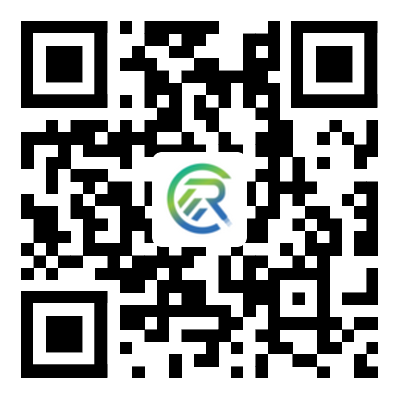4G has changed life. 5G will change society
How does Huawei help promote the global 5G release?
Huawei's service tenet is to realize 5G by providing the most advanced technologies, products and services in 5G. In other words, the best product does not mean the best network, and the best network does not mean the best business. Good professional services will enable better network performance, better monetization, and better business results.
To this end, we are establishing a Digital Transformation Practice Center (DTPC) to help customers develop business ideas and collect best practices for digital transformation.
Huawei works with a group of global industry experts. 4G has changed life, but 5G will change social industry applications, which will be a very important trend of 5G. We have signed more than 30 commercial contracts and shipped more than 40000 5G websites worldwide.
What are the main challenges?
Digital transformation is not easy. There are mainly three stumbling blocks; The first is culture. People are afraid of change. They need the courage to change their minds and accept a new concept - as can be seen in the case of unwilling to accept steam engines or cars instead of carriages. It is difficult to change the way of thinking, which is why the company needs to adopt a culture of transformation.
Second is strategy - having a clear, firm digital transformation strategy is essential, coupled with strong leadership to ensure its implementation. Third, organizational processes - companies are used to traditional ways of working, but they need to rebuild these processes through digital transformation.
How long will 4G and 5G coexist?
When 3G was new, operators were discussing when to end 2G services ten to fifteen years ago. In fact, 2G has survived to this day because we need an infrastructure network to provide basic services such as voice and data. 4G will play this role in the 5G era. In China and some European countries, operators are considering shutting down their 2G networks. After that, VoLTE will become the basic voice service, providing more than 4G traditional data services.
4G will become the basic network for operators to provide voice and data services in the foreseeable future, coexisting with 5G - which makes joint optimization very important. Decoupling uplink and downlink solutions helps us improve performance by 10 times. We have the highest P3 ranking and the highest share of the optimization market, with more than 400 4G networks deployed worldwide. Our Rayce propagation model, together with our 3D simulation solution, enables us to improve site selection accuracy by 15%, thereby optimizing customer investment.
What else needs to be improved?
The density of 5G sites will exceed 4G, so rapid deployment is crucial for customers who want to gain first mover advantage. Our unique 360 degree panoramic photo scanning technology can realize the digital view of the website; Compared with traditional methods, the advanced knowledge of the website combined with our digital delivery can reduce the deployment time by 30%. Engineers use lightweight cameras to scan sites, automatically collect data and automatically mirror it at other sites.
For 5G operators, the power cost will also be a heavy burden. Based on 64T64R sites using large-scale MIMO (i.e., the maximum capacity), the 5G power consumption of each site will be higher than 4G. Helping customers save the cost of this energy is a very important task for technology providers. Huawei's PowerMate solution can dynamically turn off TRX based on traffic, reducing the power consumption of each site by about 15%.
In addition, the consumption is based on the maximum capacity estimation. In the initial stage, the 5G network will be deployed in "hot" coverage areas and some business cases, such as eMBB and FWA. It depends on the business return, but data consumption may increase 4 or 5 times, so this is a "full cost" problem - the cost per bit will be much cheaper than 4G. The supplier is conducting a lot of research on managing power consumption. Our goal is "zero bit, zero watt" - if there is no data consumption, then there is no power consumption. Through AI technology and automation, if we do not use technology, our goal is dynamic shutdown.








